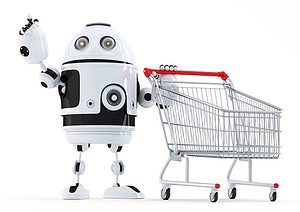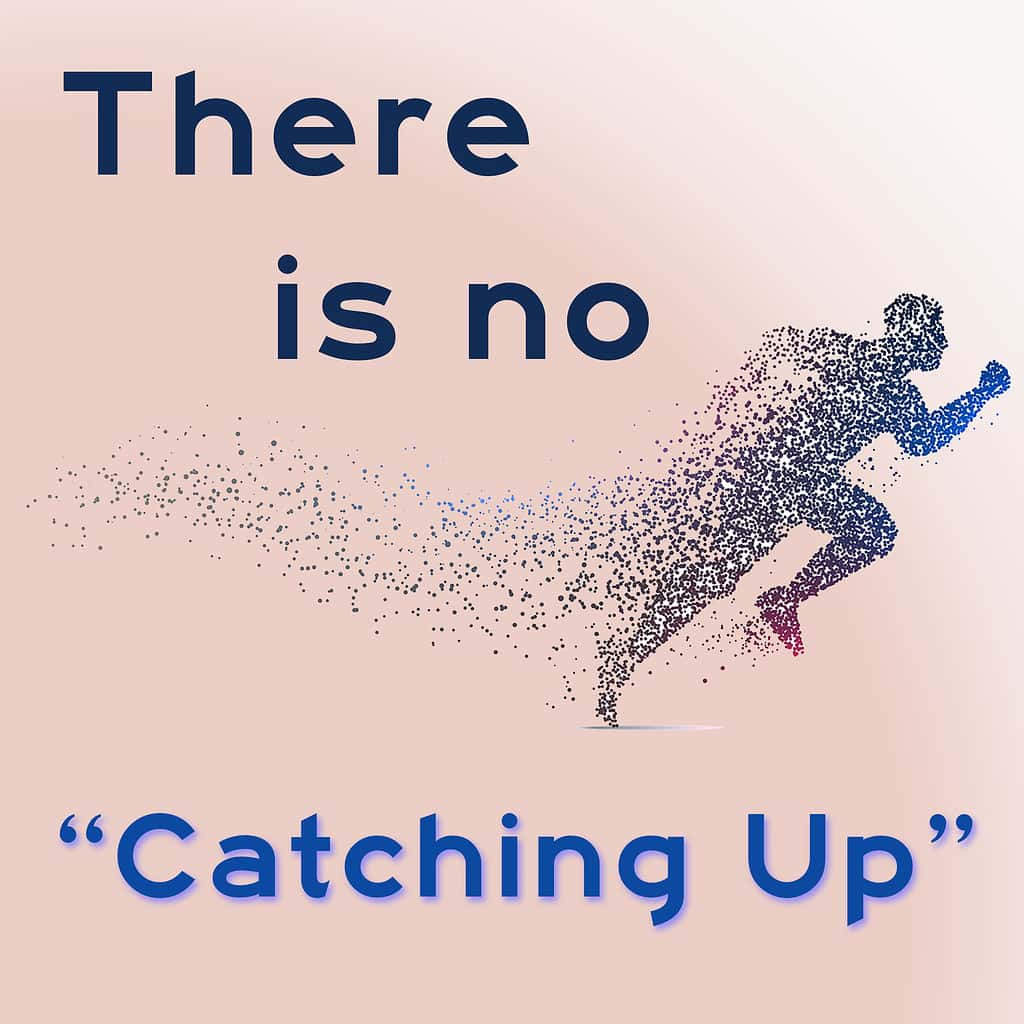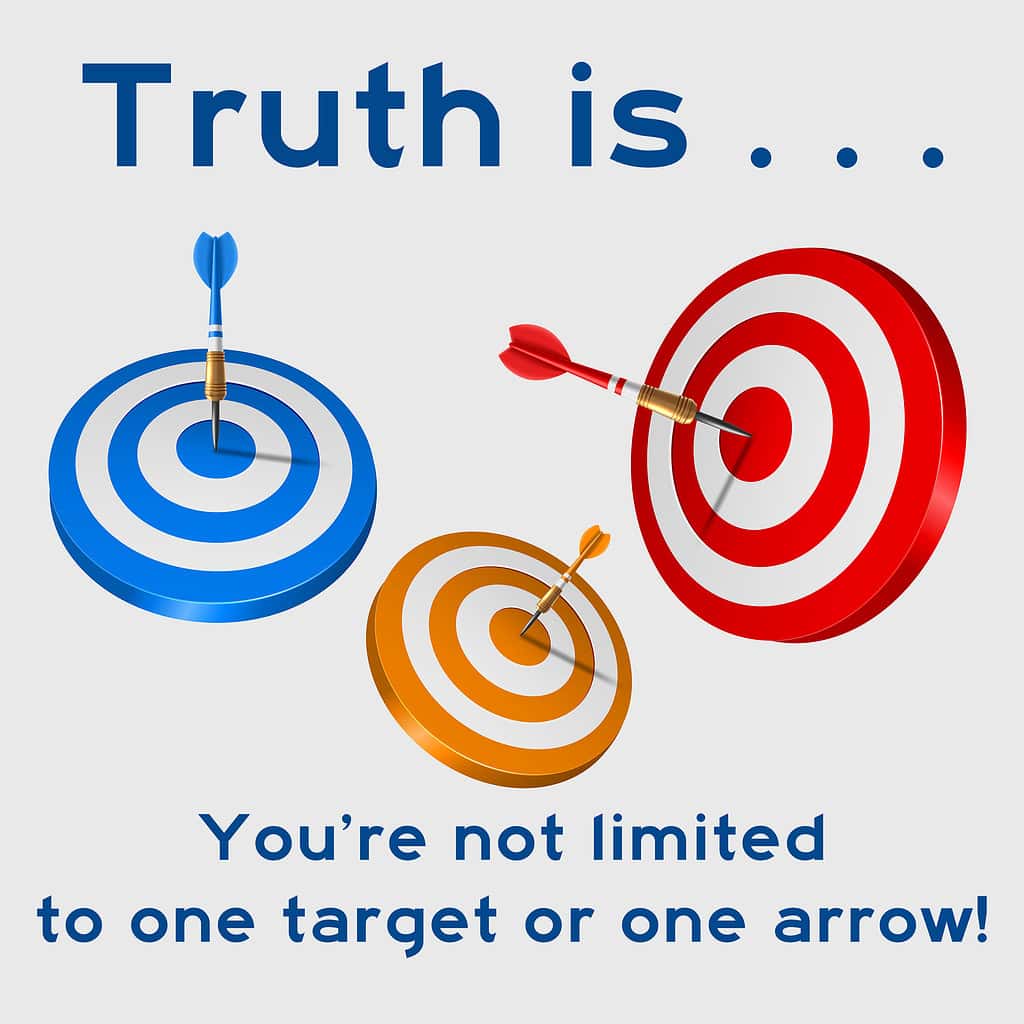I’m amazed at the behavior differences between giving something away for free versus charging something – anything.

My city recently passed an ordinance (and the State of California did as well) that requires stores to charge ten cents for grocery bags. Now, people can either bring their own, buy an expensive bag, or get a cheap bag for ten cents. When you think about paying $50 or $100 or $150 for a shopping trip, spending a few cents on bags seems irrelevant. But the change in behavior has been dramatic!
There are basically three approaches to the change. First, many people don’t take bags at all. They just put all the stuff back in the cart and then transfer it to their trunk. Some of them do this because they forgot to take bags from their car into the store. So they end up bagging their own groceries in the parking lot.
Second, many people buy fancy bags with handles that can be reused indefinitely – for $1-$3 each. In other words, they avoid paying ten cents by paying three dollars. Then, as often as not, they forget these bags in their trunk and buy more. Or bag their groceries in the parking lot.
Third, some people simply pay for the bags they use. After all, with a shopping cart full of groceries, the price you paid this week versus last week could easily go up or down one dollar in total. So the cost for two or three bags at ten cents each is lost altogether in the mix. Personally, I would have predicted that most people would fall into this category. In fact, almost everyone is in one of the first two categories.
With the cost of little things like chewing gum and candy at the checkout lane, you would think people would spend zero effort worrying about a ten cent bag. But that’s not the case at all. An entire industry of exotic reusable bags has sprung up. People’s behavior has changed overnight.
One of the things that always irritated me with the old system was that too many bags were used. Baggers double-bagged a lot when it wasn’t necessary. Now we’ve gone in the other direction. Paper bags that cost ten cents are jam packed to the rim with cans and bottles that are far too heavy for the bag. I have to tell them to use more bags and try not to sound like a jerk when I say that I’ll spring for the ten cents!
Professionals and “Free” Events
I attend a lot of meetings. The common wisdom is that you have to register a lot of people for free events – because 30-50% of those who registered will not show up. This is true even if there’s free food. Some events just have coffee and donuts. Others have actual meals. Some include breakfast, breaks, lunch, dinner, and a reception. Still, fifty percent of those who registered don’t show up!
At the same time, events that cost money are well attended. People rarely pay to get into an event and then fail to show up. Some are still no-shows, but it’s more like one percent, not fifty. Hence one of the new trends for “free” events is to charge a fee like $99 before the event – and you get it back when you attend. This has worked well for some organizations.
I belong to a local business Meetup (see www.meetup.com). It was growing and growing every month. Eventually, this free event grew to have 60-70 people at every meeting. As you can imagine, there aren’t many free meeting spaces that large. So eventually the organizer decided to charge $5 per person so she could rent a meeting room and have a guaranteed meeting place each month.
Attendance dropped to about a dozen people the next month! I was amazed. These are business people who were unwilling to invest $5 in their own business – even though everyone raved about how great the meetings were. Over time, people came back. But the nature of the crowd changed.
The crowds grew back to about 40-50 people per meeting. But the people who showed up were much more professional. After all, they were willing to invest a little in their own business development!
Just charging “something” gets you a more serious following than charging nothing.
The So-Called Internet Economy
One of the great fallacies of the new-ish economy is the idea that you can build an audience with people who get stuff for free and turn them into buyers. This strategy has proven false again and again.
The idea of the original internet bubble of the 1990’s was that a product or service would take over a market by giving everything away for free. Then, once they dominated, they would start to charge. One by one, virtually everyone who tried this failed. Look at the grocery bag example.
Even if something is pretty much required, there are people who will work really hard to avoid spending even ten cents on it.
Today we see a lot of online products that have a free version and a paid version. The free version has advertising, or nags you all the time, or is missing the coolest features. Still, 70% of people who download apps never pay for anything. The crippled, nagging, advertisement-riddled version is good enough for them!
Personally, I avoid free products. For tiny payments (ten cents, ninety-nine cents, of even $19.95) I get the real deal. The developer gets a little money so they can stay in business. I have someone to contact when things go wrong. Personally, for me, the tiny bits I pay give me a much richer experience.
Where do you draw the line? When is the free version “good enough” for you?
And more importantly, what does that say about your bigger picture of the world?
Something to think about.
🙂








One Response
We were vexed by Lunch & Learns with under 30 percent showing up for years. Even with three verification calls, including one the day before, not to mention free high-quality ($30) lunches, we occasionally saw 50 percent and once, just 10 ten percent. Venue and offering didn’t seem to matter.
Then I started charging $10 per seat, with the restaurant venue providing $10 coupons, but only if the attendee actually SHOWED UP. We immediately changed from 30 percent to 70 percent and saw 90 percent or more twice. The change was dramatic, repeatable and just amazing.
The bottom line is that even in the incredibly casual business culture here, once you pay for something, you take value it more than if you don’t. And that comes from the fact that people often value something as you price it. If it is free it simply has less value than if you charge.
BTW, the restaurant owner actually provides those coupons for free, so we made a bit of our cost back!